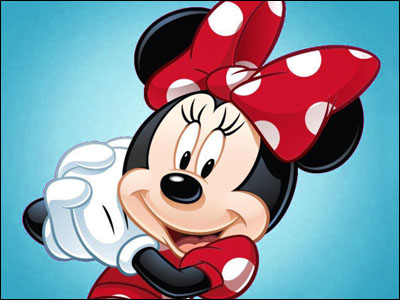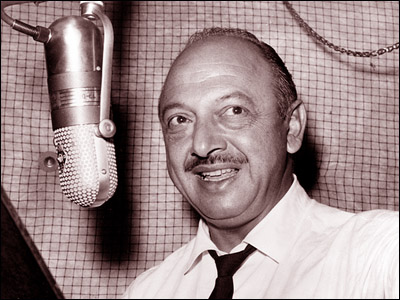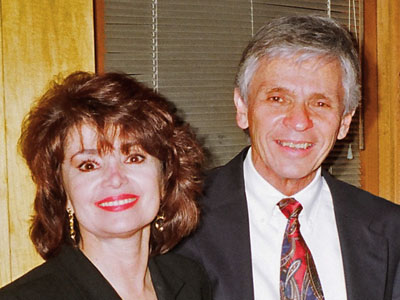Let's do two of these because the first one is short. A person who for some reason wanted his name withheld wrote to ask about a book in which my friend Harlan Ellison published his draft (not to be confused with the script they actually filmed) of the episode he wrote for the original Star Trek…
In the late 1990s, I considered buying a hardcover of The City on the Edge of Forever: The Original Teleplay but I already owned Six Science Fiction Plays, the 1976 paperback that included the first publication of Ellison's original draft, so I passed. Today, I finally happened to read the long segment of Ellison's introductory material readable at Amazon's page for the Kindle edition of this book, and I see that he names you first in his "no particular order" list of the "soldiers and scavengers and hustlers and shotgun-riders who helped get this book into your hands." So in what way did you contribute?
What did I contribute? Absolutely nothing. I don't know why my name was in there — in first position of all places. I not only didn't aid the publication of that material in any way, to this day I have never seen that episode or read that script or even obtained a copy of that book it was in. I can admit that now that Harlan has left us.
I have a vague memory that Harlan realized he'd neglected to thank me for some contribution I made to a previous book of his…probably answering some research question he had when he decided, as he often did, that it was easier to phone Evanier than to get out of his chair and find the answer in some book. I think he tried to right that teensy wrong by thanking me in the next book he did.
But I contributed zero to that book. In this world, you're often not acknowledged for the things you do but that's partly offset by the times you get acknowledged for things you didn't do. I was also not a puppeteer on The Muppet Movie and it took me until just recently to convince the Internet Movie Database that I wasn't. They thought I was the one who was wrong.
Our main story tonight, as John Oliver would say, is this question from Chris Gumprich…
For cartoon voice recordings, are they usually done individually (one actor at a time) or in a group? I don't mean someone like Mel Blanc or Paul Frees who would be the only voice actor for an entire cartoon, but I've heard some cases where only one actor at a time records (such as Jason Alexander on Duckman) and others where the entire group records at once, like a radio show (The Simpsons is a good example).
Is there a standard? Is one way "better" than the other, or does it depend on the show?
First off, recording actors separately is called "recording in splits" and getting them all in the same room is called "ensemble." Is one better? I would guess that if you polled everyone in the voice business including actors and directors, you would find about a 95% preference for "ensemble" for TV show work. In some cases — and Jason Alexander on Duckman is as good an example as any — you feel some actor is so valuable to a series and so busy with other commitments that you have to record him when he's available and consume less of his time.
They do "splits" on most feature animation, partly because they employ so many otherwise-busy actors, partly because they usually want eighty takes of every line and partly because you're not going to do an 80-minute script in one session anyway. Tracks for features are often recorded over a long period since the film is produced over a long period. You bring Alec Baldwin in to record half his part and then you bring him back months later to record some more of his part including new lines that have been added or changed in the sections you did before with him.
Most actors prefer "ensemble" because they can feed off the energy of the other actors. For silly technical reasons, I once had to redo a scene with Stan Freberg and June Foray and I had to record them separately on different days. When June read her lines in the original session, she was responding to the lines as delivered by Stan. When she read them in the pick-up session, she was responding to those same lines as read by me. Stan was a great voice actor. I am a rotten voice actor. June was a pro and she gave a wonderful performance both ways but it was a tiny bit better when she was reacting to the great voice actor.
Also, getting everyone together in the same room is a lot more fun. If the director isn't a tyrant (as a few have been), it's almost like a party and the actors do better work when the atmosphere in the studio is supportive and not oppressive. And as a writer-director, I like hearing the actual exchanges because the way some actor reads Line 18 may cause me to change what another actor says in Line 19 or my idea of how Line 19 should be read. In such a situation, you can't change Line 19 if it was recorded before Line 18.
Quick story. One time, I voice-directed a cartoon with a prominent guest star actor who shall remain nameless. Let's just call him "Jeffrey Tambor." His agent said he could only spare an hour so I had to record his lines all at once, then record the rest of the cast after…so the rest of the cast just waited in the lobby, which is something you'll do a lot if you ever become a professional voice actor.
I finished recording this nameless actor in about 40 minutes and told Mr. Tambor he could go run off to do The Larry Sanders Show or wherever he had to be and it was then that he told me, "I don't have to be anywhere." I told him what his agent had said about him having another booking. He said his agent had fibbed and that he was looking forward to recording with other actors because he hadn't done that much before. The few times, he'd done animation voicing in the past, he was usually recorded in "splits."
So I brought the other actors in, we took it from the top and we didn't use any of the lines I'd recorded with him alone. He was fine doing it that way but even better working with the rest of the cast. Most actors are.
Actually, these days there are recording sessions done a third way…everyone's separate in their own studios but they're doing it simultaneously, connected via a video conference. Some shows started doing that before we all went into quarantine but there's a lot more of that now. Even after all this isolation is no longer necessary, that may become the dominant method of recording. We shall see.
Also: The Simpsons was ensemble when it started but I believe these days, some performers have moved outta-town or gotten busy so it's not as "ensemble" as it used to be.
And to bring this full circle, I once cast Harlan Ellison in an episode of the cartoon series, Mother Goose & Grimm. He played a magic mirror that sounded like an old Jewish insult comedian. I wrote it when I thought I could get Shecky Greene in to play the part but when it turned out I couldn't, Harlan was my next choice. He was probably better than Shecky would have been.





